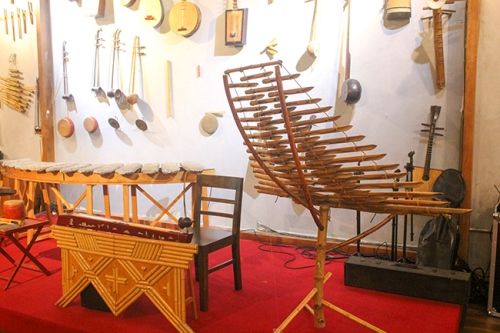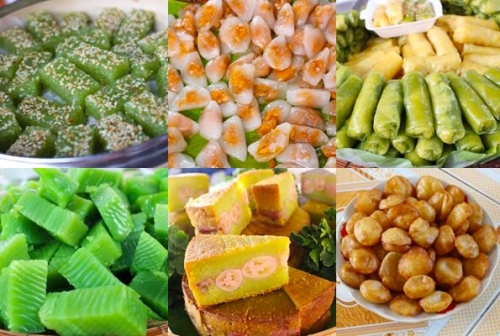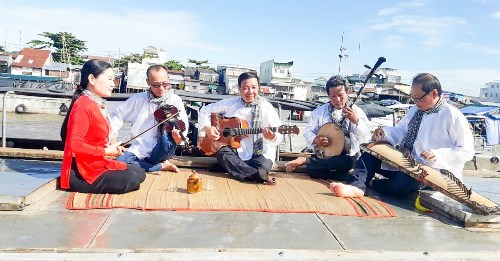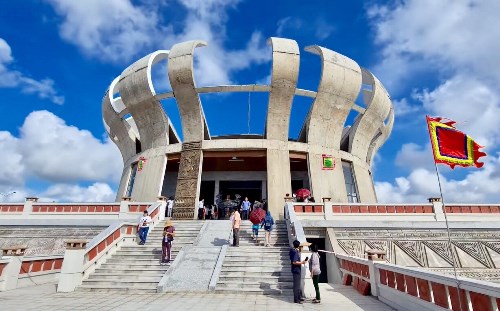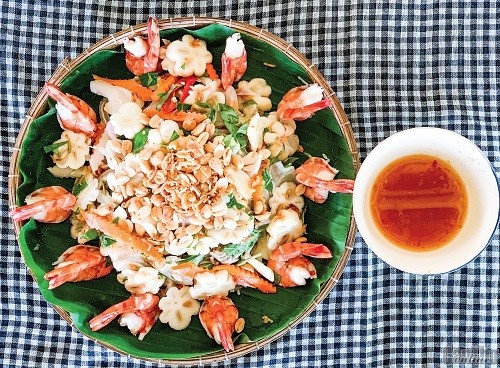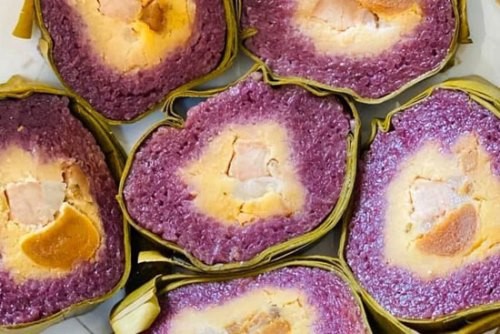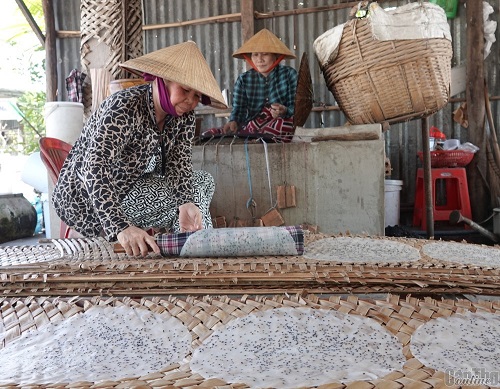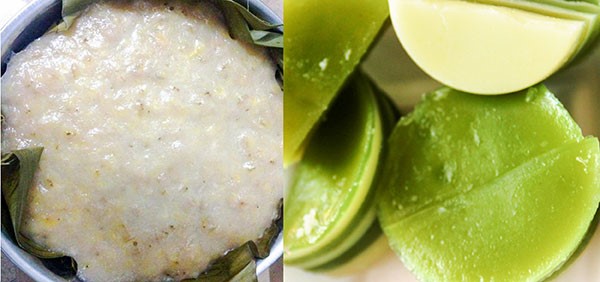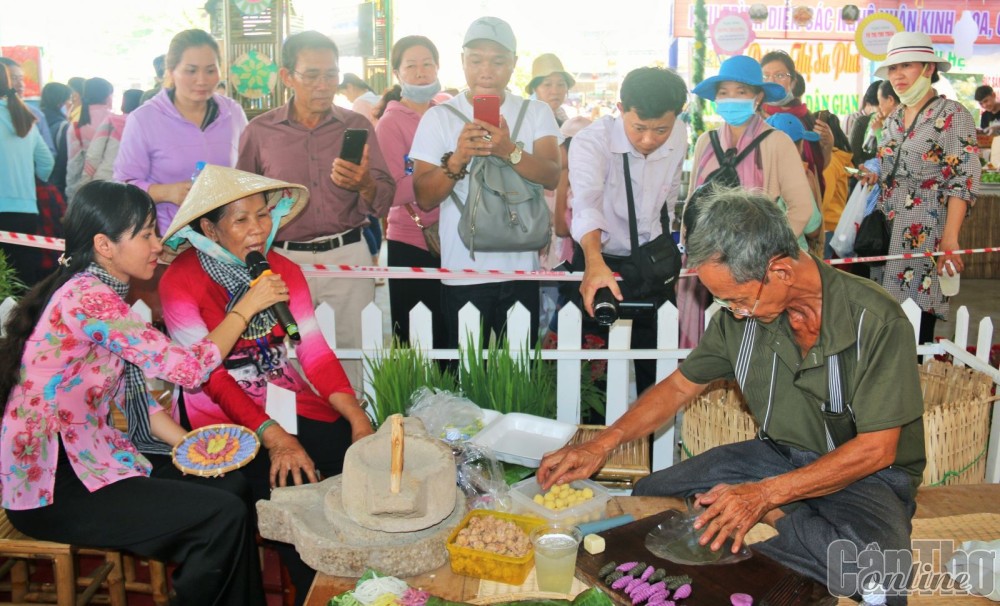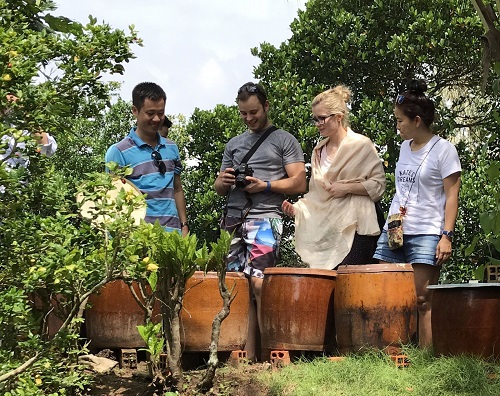
The changing face of Can Tho tourism
According to Assoc.Prof.Dr. Huynh Truong Huy, in this period, the number of visitors increased 5 times, respectively from 1.75 million to 8.8 million, accounting for 10.6% of the total number of visitors in the whole region (in 2011) and 18.7% (in 2019), the average annual growth rate of 24.6%. However, In terms of the proportion of revenue in the Mekong Delta region, Can Tho Tourism decreased 5.6 percentage points compared to Kien Giang.
Since 2015, the tourism industry of Kien Giang province has made a spectacular change. Its revenue increased 10 times, from 27 billion VND (2011) to 287 billion VND (2017) while the tourism industry of Can Tho city increased by only 1.6 times, from 102.6 billion VND to 168.5 billion VND within the same period (General Statistics Office, 2020). Currently, Can Tho has 66 travel agencies and companies. Specifically, there are 40 domestic travel service businesses and 26 international companies. In the last 3 years, business registration for the hospitality industry has increased significantly, mainly private companies that will self-connect with destinations in the Mekong Delta.
In 2019, Can Tho welcomes about 8.4 million visitors and more than 5.8 million daily visitors with an estimated turnover of 3,785 billion VND.
There are 82 members in the Tourism Association of Can Tho city, 148 accommodation establishments rated from 1 to 5 stars, 32 homestays, 105 motels, guest houses. Moreover, investment in tourism facilities increases 8.5%/year.
From 2016 to 2019, the human resources in the tourism industry increased sharply with an annual growth rate of 16.4% instead of 6% as in the 2011-2015 period. There were about 70% of trained workers through 4 universities and 3 colleges. In 2017, 42% of employees in the hotel and restaurant sector had a university degree and this proportion increased to 50% in 2019. However, the percentage of trained workers in the field of restaurants - hotel, and travel (60%), is relatively unbalanced.
The number of tourists staying overnight in the city is only about 2.65 million, compared to 8.4 million tourists and more than 5.8 million visitors per day. According to Dr. Huy, the figure shows that 18.6% of tourists choose 3-star hotels, 13.5% choose motels or guest houses, 10.4% choose 1-star hotels, 4.8% choose 2-star hotels, 8 1% choose 4-star hotels, 1.6% choose 5-star hotels, 1.2% choose resorts or villas, and 2.6% choose homestays, so how about the people who do not stay in these accommodation establishments? The survey shows that up to 14% of tourists choose to stay in their friend's house.
According to Assoc.Prof.Dr. Huynh Truong Huy, in the annual statistical survey (Circular 27/2014 / TT-BVHTTDL) revealed several weaknesses such as the duplicate error when calculating tourist arrivals, omitting tourist arrivals (if the tourist site does not sell admission tickets), omitting non-resident visitors, areas adjacent to the road - where tourists can freely travel and are not subject to ticket control such as sea or islands. Therefore, it is necessary to have another way to work in parallel with the statistical data from reports in order to eliminate the duplication factor when calculating tourist-related indicators and clearly show experts the overall picture of Can Tho tourism.
Feedback from visitors?
The system of statistical indicators of the Ministry of Culture, Sports and Tourism, according to Decision 5139/QD-BVHTTDL in 2012, includes 16 indicators and 3 circulars (2014). Specifically, it shows the number of guests staying overnight in the city, the average spending, destinations, means of transportation in the area to provide scientific and practical evidence to calculate fully and reasonably. Thanks to that, the authorities have a basis to refer and make plans.
Assoc. Prof. Dr. Huynh Truong Huy said: “About 91.5% of domestic tourists coming from the western and eastern provinces use road vehicles. In recent years, 12.6% of tourists from the North and the Central travel by aircraft, only 1.2% travel to Can Tho city on the waterway”.
Meanwhile, 74% of international tourists travel on both air and land routes. In Can Tho city, 31.8% of tourists use taxi or Grab, 15.7% buy package tours, more than 30% of tourists rent a car or motorbike, 6.3% use bus, but this mean of transportation is not very good, 3.4% rent a bicycle. Approximately 29.4% of international tourists use various means such as boats and canoes to visit floating markets and ecological gardens.
International tourists usually stay no more than 2 nights. In fact, up to 52% of tourists spend 1 night in Can Tho, 35% stay 2 nights, 7.5% stay 3 nights, 3.8% stay 4 nights or more. However, it can be seen that tourists who organize their own trips often stay longer than those traveling in groups. Guests from the US usually spend the longest time in Can Tho with 1.95 nights (EU countries 1.75 nights, Asian countries 1.54 nights, Oceanian nations: 1.39 nights).
The cost of a self-organized trip is 311 USD while the package tour is only 272 USD. Spending is only about 111 USD per day when tourists choose package tours while self-organized trips are 120 USD. However, tourists can experience a lot more fun when organizing their own trip, so they accept a higher level of spending.
International tourists spend an average of 136 USD/day/person, the spending of Australian and New Zealand tourists is always higher than the ones from the US and Canada, and nearly 20% higher than the average spending of international tourists coming to Can Tho.
|
“Both domestic and international visitors appreciate the local people and humanities resources”, Assoc.Prof. Dr. Huynh Truong Huy stressed: “The length of stay is also related to personal characteristics, organization, and accommodation characteristics.”. |
If the average spending per trip of international tourists is 350 USD, It is only about 2.4 million VND for domestic tourists with average spending of 1.15 million VND/day/person. Domestic tourists usually stay for about 2.03 days, 2.44 days for tourists choosing package tours, and 1.96 days for tourists self-organizing their trip. On average, tourists from the North and the Central region stay for 1.6 days, while visitors from the Central Highlands have the longest stay of 2.38 days. The average stay of domestic tourists is about 1.38 days, very few cases choose to stay 3 days or more. Guests book a package tour stay for about 1.5 days. Visitors from the North and Central spend 1.5 times more than other regions and 1.3 times the average.
About 24.1% of international tourists plan to revisit Can Tho, one third say they are willing to introduce Can Tho to their friends. Geography, travel distance, costs, and service quality are factors that influence tourists’ choice. Domestic tourists intend to revisit Can Tho 2.5 times higher than the reality due to the influence of communication.
According to Assoc.Prof.Dr. Huynh Truong Huy, about 10% of domestic tourists are impressed with the destinations that have religious and spiritual facilities, while this proportion of international visitors is 20%. They especially enjoyed the late-night eateries.
Asian tourists love to visit cultural, religious, and spiritual sites, while Australian and New Zealand tourists are particularly fond of exploring ancient cultures, architecture, and historical sites. In particular, festival events are loved by international tourists when 60% rated them as good and very good.
The authenticity of the numbers
Numbers are tools for reference. However, if only the numbers are recorded from the “authentic” companies, it will be a flawed perspective. If a group of friends or family organizes a trip from My Tho to Can Tho during the day, not overnight, their expenditure on transportation, food, and other fees are not recorded like tourists.
When the expressway system is complete, similar groups of tourists coming to Can Tho are outnumbered. If they visit some free orchards or festivals, they will not be considered a tourist. If they are considered as a tourist, they will be recorded to calculate the tourist arrivals in each destination. As it turns out, the statistics are both missing and redundant.
Assoc. Prof. Dr. Huynh Truong Huy said: “The survey indicated flaws in the statistics. The local authorities have asked the research team to conduct this survey. Our success is by using a different method and approach. That’s why it is accepted. From this basis, an updated survey will be conducted every 2 years”.
Tourists coming to Can Tho say that the tourism product here is nothing new. If there is something new, it will be copied and duplicated. Since our locals are amateur, it is difficult to avoid this problem. Therefore, it is necessary to help them be trained and become more creative. Assoc. Prof. Dr. Huynh Truong Huy said: “For a long time, the statistics of human resources are the numbers added in each year, but that doesn’t explain the situation. Moreover, the biggest potential risk in tourism is the business fraud in some tourist attractions (overpriced, poor product quality, etc.), which annoys tourists and shows a lack of professionalism. This has yet to be overcome.
Assoc. Prof. Dr. Huynh Truong Huy and the research team gave us a warning: “Unimpressive destination is related to tourism products and services, entertainment, means of transportation between destinations, environment (lots of garbage, dust, noise) and traffic safety".
Source: Can Tho Newspaper - Translated by Hoang Dat





